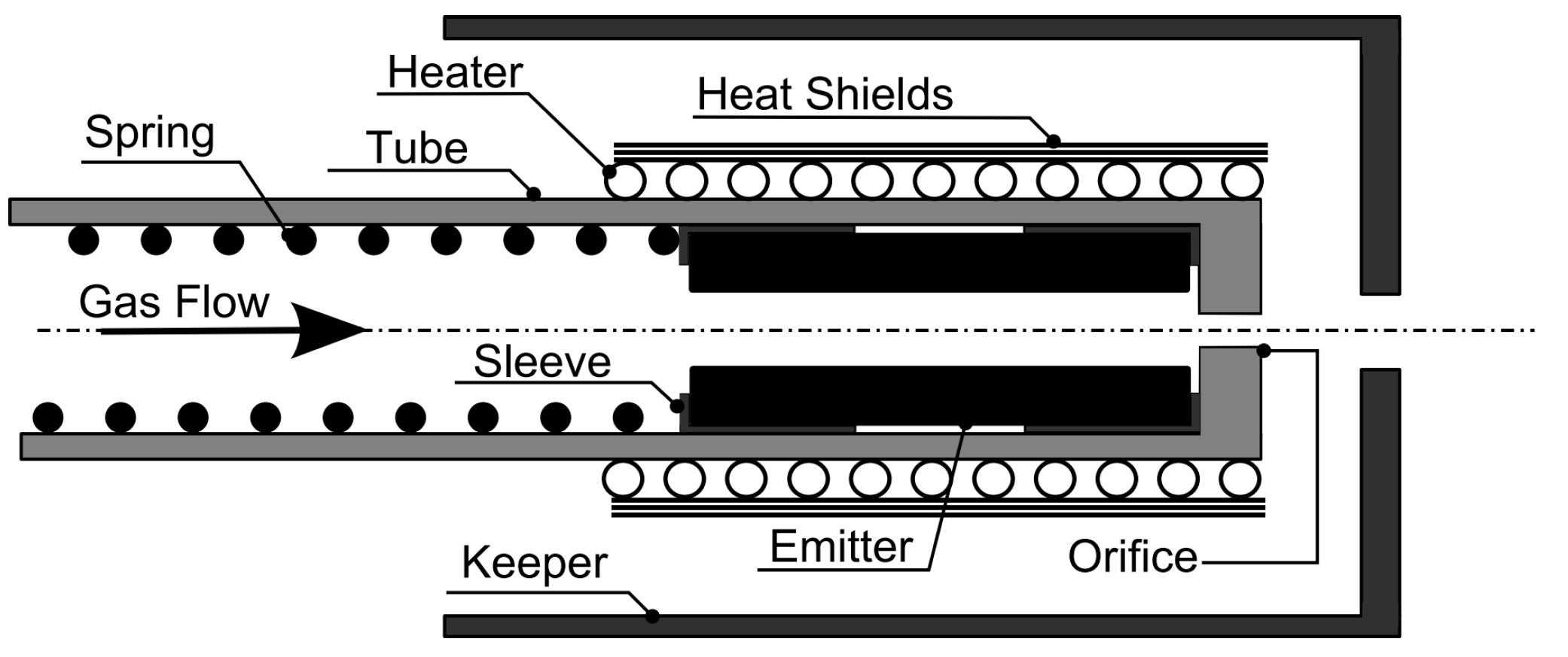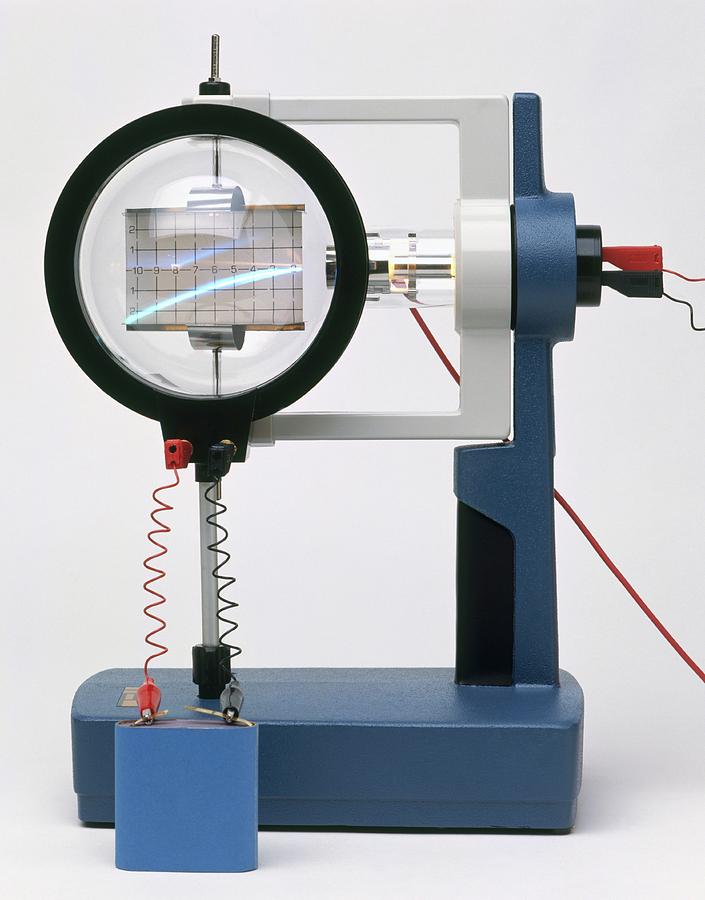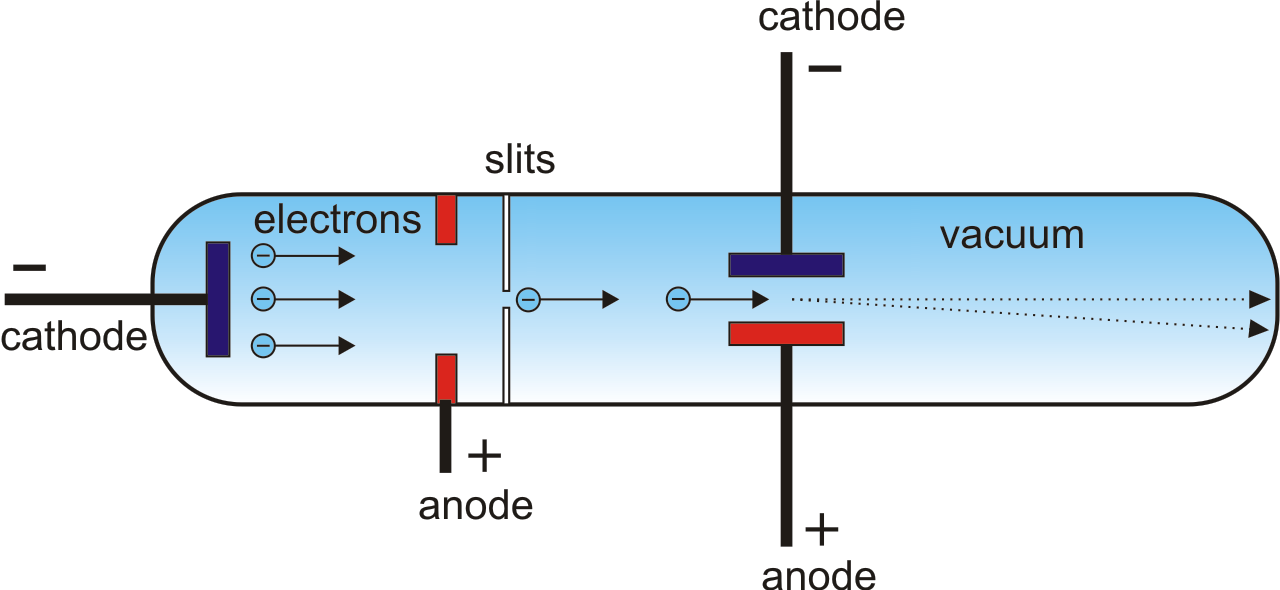
Cathodes and anodes are types of electrodes that conduct electrical currents either into or out of an electrical device. A cathode typically acts as a positively charged terminal while an anode usually functions as a negatively charged terminal. Anodes and cathodes will sometimes function in reverse polarity in certain types of devices. As a general rule, when a device is discharging electricity, the current flows out of the cathode terminal. When a device is being charged with electricity, the current flows into the cathode causing it to function as the anode while the anode functions as the cathode.
Cathode Tv
Electrodes used as cathodes and anodes are typically found in any device that either consumes or provides electrical current. The cathode and anode designations of electrodes are typically used as a means to identify their polarity during the most common application of a device. Cathodes and anodes with non-reversible polarity can be found in devices such as disposable batteries, and semiconductor diodes. Those with reversible polarity are typically found in rechargeable batteries and cathode ray tubes.


Cathode ray, stream of electrons leaving the negative electrode (cathode) in a discharge tube containing a gas at low pressure, or electrons emitted by a heated filament in certain electron tubes. So for identification, led’s comes with a unique way to identify its terminals as Anode or Cathode. Sometime the diode symbol creates confusion too.Identifing a LED's the cathode and anode of a led is very easy by looking inside. LED's or Light Emitting Diode's don’t come with any labeling on it to identify Cathode (-ve,GND) or Anode (+ve). Cathode and Anode Before we learn about cathode and anode we need to first understand what an electrode is. As per the general definition, an electrode is a substance that helps in the conduction of electricity wherein the electric current either enters or leaves the non-metallic medium like an electrolytic cell.
The cathode and anode terminals of a disposable battery are non-reversible because the device is only used to discharge electrical current. In a disposable battery, the cathode terminal is always positive and the anode is always negative. The cathodes and anodes of rechargeable batteries are reversible because this device can be used to receive as well as discharge electrical current. When this type of battery is being recharged, the usually positive cathode becomes negative and the usually negative anode becomes positive.

In a cathode ray tube, the negative cathode terminal emits rays of negative electrons inside of a glass vacuum tube, which are then attracted by the positive anode inside the tube. After reaching the anode, the electrons are then focused by another electrode known as a focusing anode. Once the electrons have been focused, the are then accelerated by yet another electrode called an accelerating anode. After the electron rays have been focused and accelerated, they are sent to the screen portion of the vacuum tube in order to create the image that is seen.
In semiconductor diodes, electrical current enters the device by means of the negative cathode terminal and then exits through the positive anode terminal. Since diodes carry electrical current in only one direction, the polarity of the cathode and diode terminals does not change. This unchanging polarity configuration applies to all types of diodes, including solar cells and zenar-type diodes.
A semiconductive diode is a basic component of a huge number of electrical systems. These components have two terminals—one that takes in electricity and one that lets it out. This process works in one way; if a terminal takes in electricity, it doesn’t let power back through. The cathode is the part of a diode that allows power to flow out, and an anode is the part that allows it to flow in. It is the combination of these two elements that allows the diode to function.
The physical construction of a diode varies slightly based on the reason for its use, but certain factors remain the same. The diode has two terminals, a cathode and an anode, that are connected by a small amount of semiconductive material. This material is typically silicon, but a wide range of different materials may be used. The entire assembly is surrounded in a glass or plastic covering. Diodes may be any size, and while most diodes aren’t very big, they can be almost microscopically small.
The anode takes in electricity. This terminal gets its name from the negatively charged anions that move towards it during a common electrochemical reaction. The charge of the anode varies based on the device’s function. If the device uses power, the charge is negative, and if it makes power, its charge is positive. This polarity shift allows electricity to flow properly from the terminal.
A cathode is essentially the opposite of an anode. The cathode allows power to flow out of the device. This terminal gets its name from the positive-charged cathodes that it attracts during a reaction. When a device uses power, the cathode is positive, and it is negative when it generates power.
Cathode Ray Tube
The material in the middle of a diode is a semiconductor. Semiconductors are materials that don’t conduct electricity like a standard conductor, but don’t prevent it like an insulator. These materials fit in between and have very specific properties when electricity flows through them. The majority of mass-produced diodes use a silicon semiconductor, but ones made of germanium are not uncommon.
Since their invention in the late 1800s, basic diodes haven’t changed very much. The materials used to make them have improved, and the basic design has become a lot smaller, but that is really all that has changed. Neither the principles to make them nor their design is much different from the original creation.
Cathode Ray Tube Amusement Device
The biggest innovation with diodes is in the alternate versions the initial invention inspired. There are dozens of different types of diodes that all work slightly differently. These different diodes have all sorts of additional functions beyond the in-out methods of the basic form. They range from the tunnel diode that operates on a quantum scale to the light-emitting diode (LED) used as a light source in many modern electronics.
